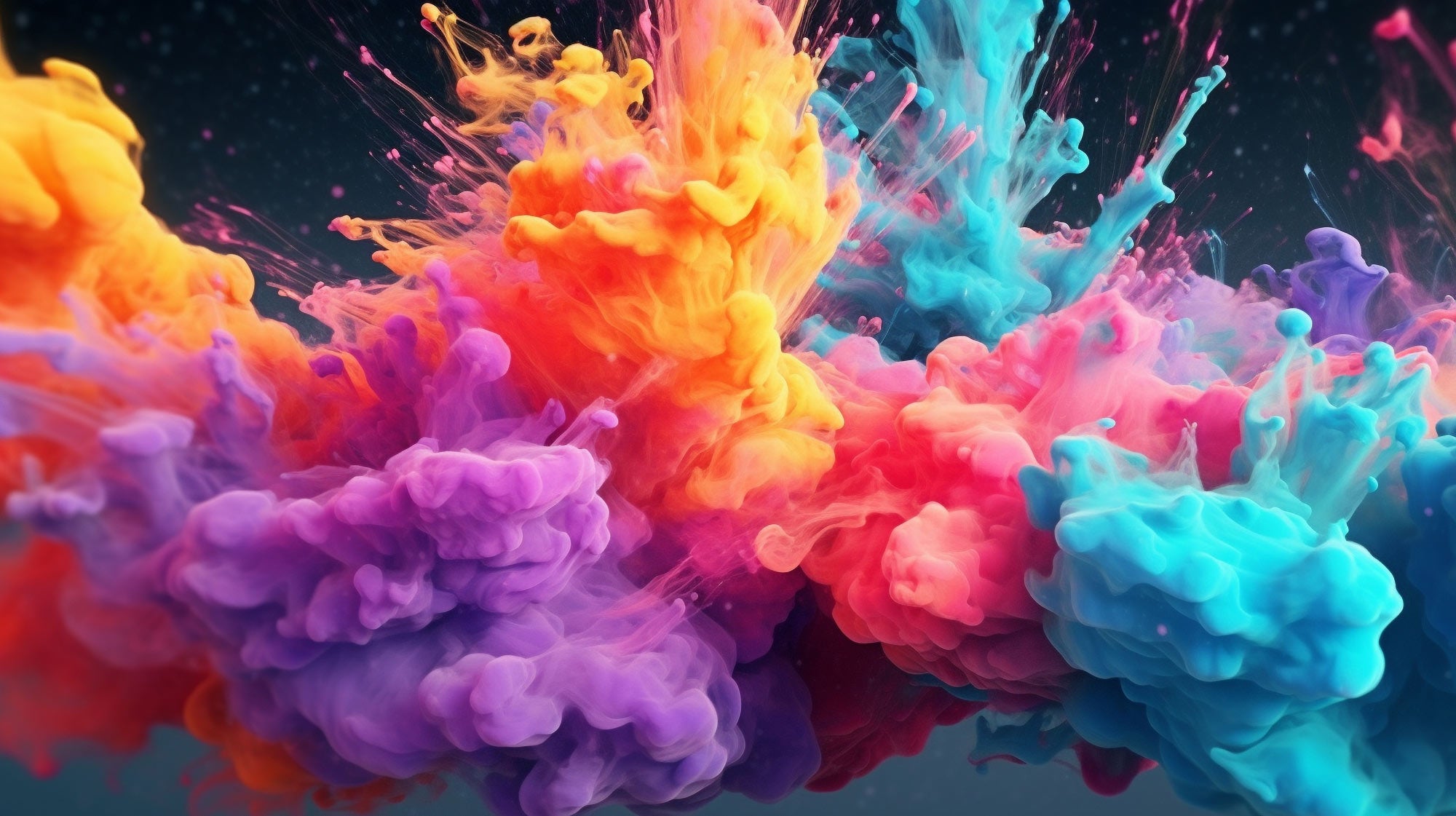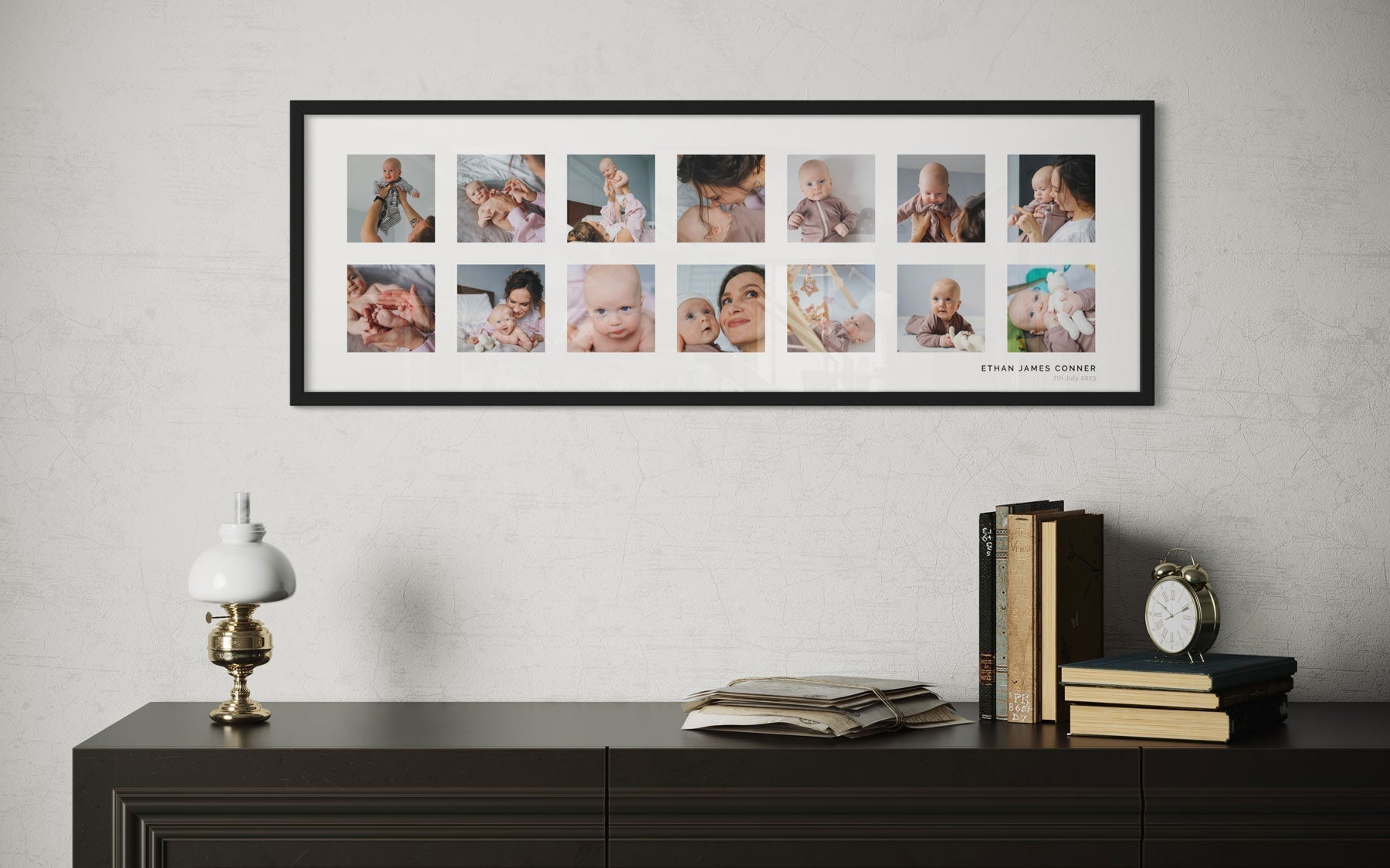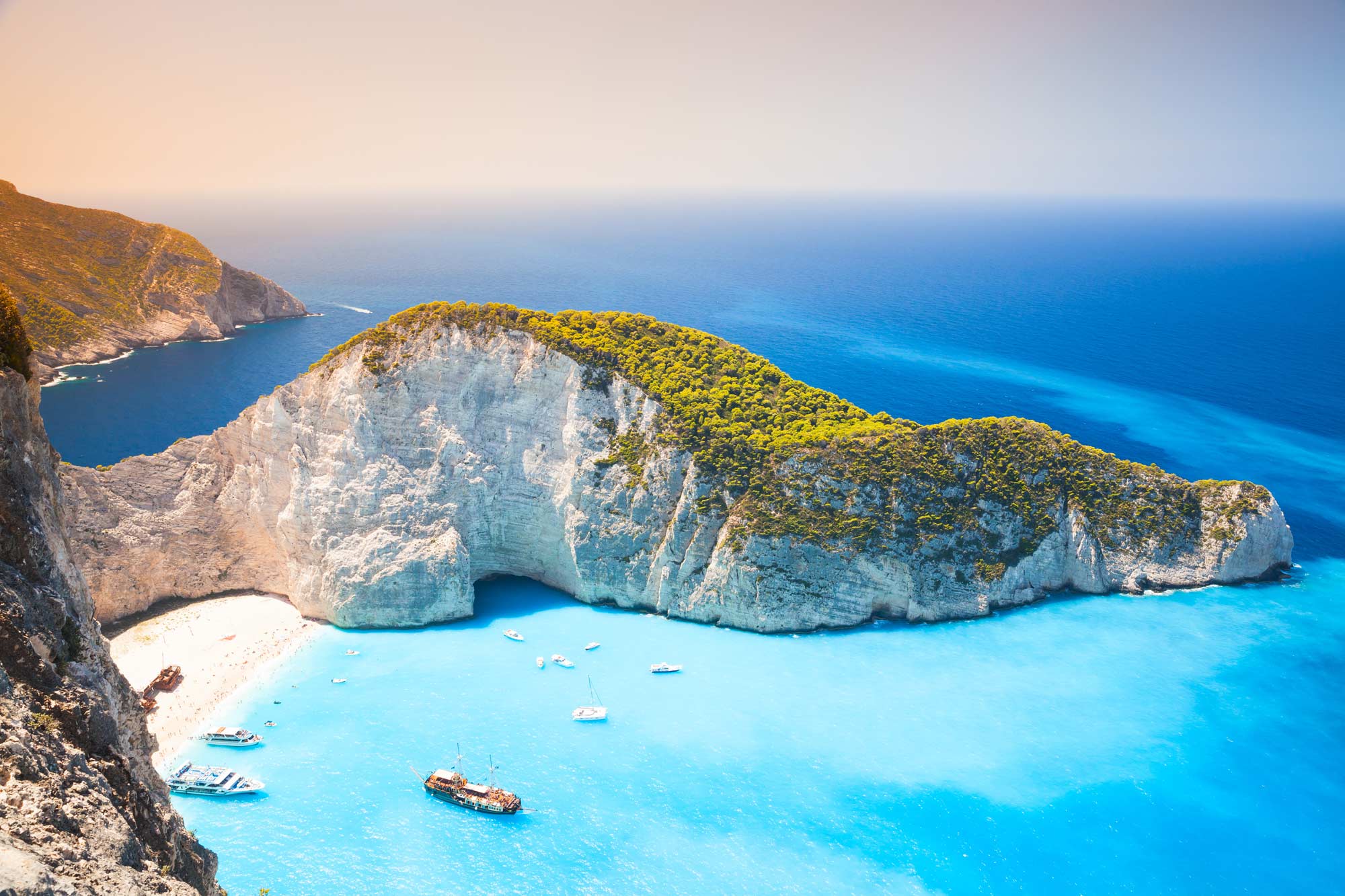Here's an overview:
- Introduction to Resolution in Large Format Printing
- The Fundamentals of Resolution: DPI and PPI Explained
- Optimising Your Design for High-Resolution Output
- Choosing the Right Materials for Large Format Prints
- Understanding the Limitations of Resolution in Printing
- Best Practices for Preparing Files for Large Format Printing
- Conclusion: Maximising Print Quality with Proper Resolution Understanding
Introduction to Resolution in Large Format Printing
When we discuss large format printing, resolution, quantified in dots per inch (DPI), becomes a crucial concern. It determines the clarity and detail of the printed images. We strive for a balance; too low a resolution leads to pixelation, diminishing the visual impact, while excessively high resolution might not perceptibly enhance the print but can increase production costs and time. The optimal resolution ensures your large prints are not only eye-catching but also cost-effective to produce. Understanding the relationship between viewing distance, print size, and resolution is fundamental to achieving prints that truly stand out.
The Fundamentals of Resolution: DPI and PPI Explained
When creating large prints, understanding resolution is crucial to achieving the best visual quality. Resolution determines an image's clarity and detail, and it's described through dots per inch (DPI) and pixels per inch (PPI).
- DPI refers to the number of ink dots a printer can place within a one-inch space. We consider DPI when discussing print quality, as a higher DPI usually means a sharper print.
- PPI, on the other hand, denotes the number of pixels displayed per inch of a digital image. We focus on PPI when editing images on a computer or viewing them on a screen.
Using the correct DPI and PPI settings ensures our prints are both clear and vivid, effectively conveying the intended message.
Optimizing Your Design for High-Resolution Output
When preparing large prints, we must optimise our design for high-resolution output to achieve the best possible visual impact. Here are key steps we follow:
- Vectorise Graphics: Where possible, we utilise vector graphics to ensure scalability without loss of quality. This is crucial for logos and type.
- Mind the DPI: We maintain a high dots per inch (DPI) for image clarity. Typically, 300 DPI is the target for sharp, large format prints. Although this really depends on the printing technology used, for example we at Print Panoramics can usually work with around 150 DPI without sacrificing on quality.
- Optimise Image Files: Prior to printing, we ensure that image files are correctly formatted and uncompressed to avoid pixelation or artefacts.
- Check Colour Profiles: To avoid colour mismatches, we work with the appropriate colour profiles, like sRGB for print, ensuring colours render correctly.
- Proofing: We always recommend test prints to verify that the output matches expectations, allowing for adjustments before the final print.
By meticulously adhering to these guidelines, we ensure our designs are optimised for the highest quality print output.
Choosing the Right Materials for Large Format Prints
When selecting materials for large format prints, we must consider durability, display location, and visual appeal. Indoor prints often benefit from glossy or matte photo papers that enhance image details and colours. Additionally, we assess the rigidity required for installation; foam boards like foamex offer lightweight versatility, while aluminium or acrylic provide sturdy support for permanent displays. Selecting the right substrate ensures that the resolution and overall impact of our large prints truly stand out.
Understanding the Limitations of Resolution in Printing
When we delve into printing large visuals, it's critical to recognise that resolution isn't boundless. Here's what constrains us:
- Physical Limitations: Printers have a maximum DPI (dots per inch) they can produce, beyond which improvements are indiscernible and wasteful.
- Deteriorating Returns: As resolution increases, the visible quality gains diminish, making ultra-high resolutions often unnecessary for large prints.
- File Size: Higher resolution means larger file sizes, potentially slowing down the printing process and requiring more storage.
- Viewing Distance: Large prints are typically viewed from afar, meaning the nuances of extreme high resolution won't be noticeable.
- Source Material: We're limited by the resolution of the original image; if it's low, no amount of printing technology can compensate.
By understanding these limitations, we can make informed choices to create impactful and efficient large prints.
Best Practices for Preparing Files for Large Format Printing
When approaching large format printing, meticulous preparation of files ensures optimal results. Here are our key recommendations:
- Image Resolution: We opt for 150-300 dpi at final print size for vivid detail.
- File Format: Saving as TIFF or high res jpeg maintains quality; we avoid compression that can degrade images.
- Colour Mode: Working in sRGB colour mode is crucial as it aligns with printer output.
- Proofing: Conduct a pre-printing proof to gauge colour and detail accuracy.
- Scaling: To manage file sizes, we design at a smaller scale with proportional resolutions.
- Font Embedding: All text should be converted to outlines or embedded to prevent font substitutions.
These practices are the cornerstones of preparing files that translate well to large format printing.
Conclusion: Maximizing Print Quality with Proper Resolution Understanding
By thoroughly understanding resolution concepts, we can make informed decisions when preparing large prints. We recognise factors such as viewing distance and the nature of the image itself, which influence the necessary resolution for high-quality results. We ensure that:
- The selected resolution correlates appropriately with the print size and intended use.
- We employ image enhancement techniques judiciously to preserve image quality at larger scales.
- We consult with printing professionals to align our resolution choices with their equipment capabilities.
With these considerations in mind, we consistently achieve prints that are sharp, engaging, and faithfully represent the visual message we intend to convey.






